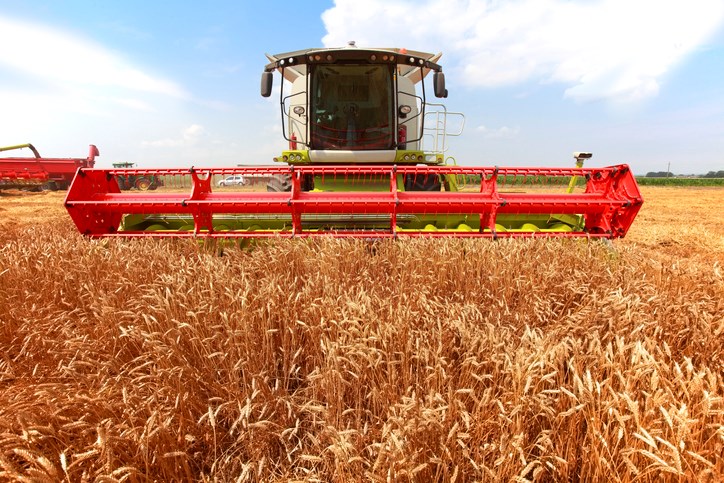The United Nations’ Intergovernmental Panel on Climate Change (IPCC) has provided a roadmap to saving the planet.
For global food security, we must become better environmental stewards. To reduce gas emissions, we need to adhere to sustainable agricultural practices if we are to meet our 2030 targets, according to the report.
And, yes, changes in our dietary choices are also advised.
While some view these reports with a great deal of skepticism, this one from IPCC is worth the read.
The last few reports were all about doom and gloom: they almost seemed to suggest we all need to become vegans. Past reports were meant to lecture the world on how dire the situation was, making some of us feel guilty for our choices.
But to motivate the world to look at food differently, the IPCC’s latest report makes a deliberate effort to use an undertone of optimism. It’s almost impossible for a reader to feel judged by choices made. This new perspective is a welcome change.
But the report does put food and agriculture at the heart of its agenda to mitigate climate change. Most topics were predictable: food waste reduction, protecting and reforesting land, reducing livestock production, stopping more carbon sequestration, eating less meat.
From 21 to 37 per cent of total greenhouse gas (GHG) emissions are attributable to the food system. So our food production methods aren’t sustainable. That’s why a greater number of Canadian-based groups and companies in agri-food are announcing zero-carbon targets. Most plans, however, have set 2050 goals, but IPCC is looking for drastic changes by 2030. But there’s a recognition in Canada that something needs to be done.
The report sees global trade and genetic engineering as part of the solution if gas emissions are reduced simultaneously. Not only is it time to put the anti-GMO rhetoric to rest, but Canada is also poised to do well within such a paradigm. Coupled with high-tech food production systems, the use of modern green technologies to produce more food is being encouraged, which again is a shift in rhetoric from past reports.
The report estimates that almost half of projected 2050 GHG emissions related to food could be cut through demand-side changes, like eating fewer animal proteins. That means less meat, dairy and eggs. The report isn’t asking all of us to adopt a vegan diet, but consumption reduction targets are needed.
This is difficult for Canada. Our addiction to animal proteins is at the core of our traditional lifestyle. Eating meat or cheese in Canada is almost like breathing. So it won’t be easy for many to change.
The report also surprises by encouraging us not only to eat meat analogues such as vegetable protein-based products. It also promotes the development of cultured meat products and the use of precision fermentation to make milk without cows.
And it suggests that insects may help our transition to healthier and more sustainable diets. Again, Canada can do well in this area.
On the industry side, things are more complicated. The hog and cattle sectors in Canada are huge, with the market for both commodities exceeding $20 billion. To make matters worse, Canada has government-sanctioned quotas worth about $30 billion for those producing dairy, eggs and poultry.
Nobody in Ottawa even seems to question the relevance of our supply management system from an environmental perspective. While Canadians have blindly protected and subsidized these sectors for years, this is likely Canada’s biggest environmentally-unfriendly elephant in the room.
And the sector is certainly feeling the heat. Dairy Farmers of Canada was the latest group to reveal goals to reach net-zero greenhouse gas emissions from farm-level dairy production by 2050, with a milestone set for 2030.
Extreme weather events are becoming increasingly frequent and intense, including last year’s heat dome and atmospheric rivers in Canada.
Severe droughts and floods have devastating effects on food and agriculture. Last year’s droughts in Russia, Canada and the United States and floods in Germany are responsible for low grain inventories going into 2022.
In the context of global food security and climate change, Russia’s invasion of Ukraine couldn’t have come at a worse time. Many thought that the region would help boost global food inventory levels. But the war means that many regions of the world will inevitably suffer famine this year.
The IPCC report is a sober and compelling reminder that Canada’s approach to climate change needs to be more consistent, coherent and comprehensive. Otherwise, many of us will just tune out and do nothing.
Dr. Sylvain Charlebois is senior director of the agri-food analytics lab and a professor in food distribution and policy at Dalhousie University.





